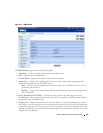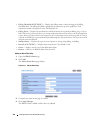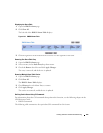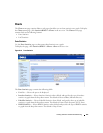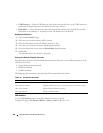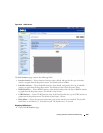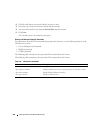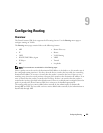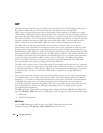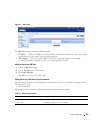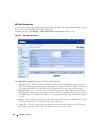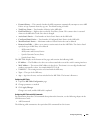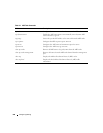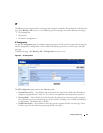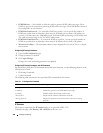
Configuring Routing 501
9
Configuring Routing
Overview
The PowerConnect 6200 Series supports the IP routing feature. Use the Routing menu page to
configure routing on VLANs.
The Routing
menu page contains links to the following features:
NOTE: CLI commands are not available for all the Routing pages.
When a packet enters the switch, the destination MAC address is checked to see if it matches any of
the configured routing interfaces. If it does, then the device searches the host table for a matching
destination IP address. If an entry is found, then the packet is routed to the host. If there is not a
matching entry, then the switch performs a longest prefix match on the destination IP address. If an
entry is found, then the packet is routed to the next hop. If there is no match, then the packet is
routed to the next hop specified in the default route. If there is no default route configured, then the
packet is passed to the PowerConnect 6200 Series software to be handled appropriately.
The routing table can have entries added either statically by the administrator or dynamically
through RIP or OSPF. The host table can have entries added either statically by the administrator or
dynamically through ARP.
•ARP
•IP
•OSPF
•BOOTP/DHCP Relay Agent
•IP Helper
•RIP
• Router Discovery
•Router
• VLAN Routing
•VRRP
• Tunnels
• Loopbacks



